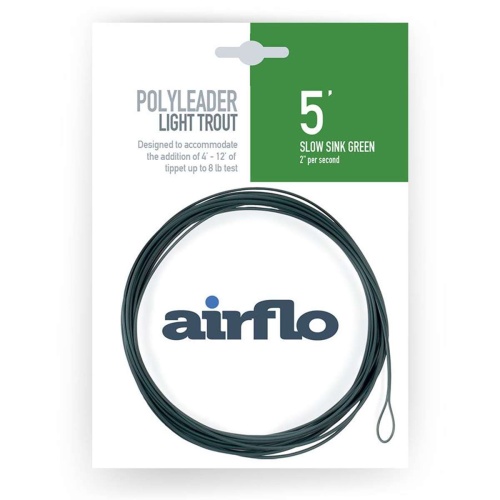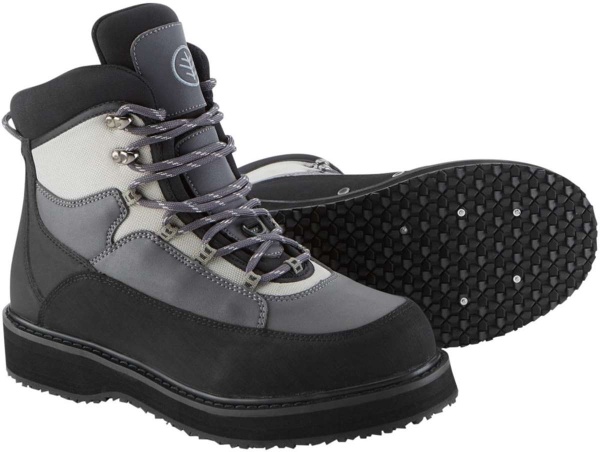 An item in your fly fishing tackle you should never neglect or short cut on is waders. There you are, sitting alone on the river bank with your expensive rod and reel combo, top of the range vest loaded with a pounds worth of flies, leaders, tippets and more fly fishing related paraphernalia, freezing to death. And all because the seams of your cheap waders are leaking. Yes, you protest, but the guy at the car boot sale said they had only been worn twice. He’d just to mention that was ten-years ago and they had been stored in the garden shed ever since. Or you’ve had your dad’s (unworn) old pair in storage, decide to drag them out and forgetting that rubber corrodes over time.
An item in your fly fishing tackle you should never neglect or short cut on is waders. There you are, sitting alone on the river bank with your expensive rod and reel combo, top of the range vest loaded with a pounds worth of flies, leaders, tippets and more fly fishing related paraphernalia, freezing to death. And all because the seams of your cheap waders are leaking. Yes, you protest, but the guy at the car boot sale said they had only been worn twice. He’d just to mention that was ten-years ago and they had been stored in the garden shed ever since. Or you’ve had your dad’s (unworn) old pair in storage, decide to drag them out and forgetting that rubber corrodes over time.
You might be too busy shivering in an ice cold river to care whether your friends are having a jolly good time to themselves. But what really matters is that you didn’t do your homework before you threw that faulty pair of waders into the boot of your car. Instead you gave your attention to the rods and reels, those new lures, the colour of your fly line. And you might have spent 15 or 20 minutes choosing waders. You knew that neoprene was a good choice, but didn’t think there was much difference between 3mm and 5mm thickness. Never mind, let’s see if we can help with some useful tips.
First question is: what are you going to use the waders for? If you are buying them for fishing rather than hunting, and can only afford one good pair, the thickness and color of the wader should be considered when compared against the type of fishing you normally do. What is the temperature of the water likely to be most of the time you have waders on? It is a much more bearable to be a little warm on a hot day than a terrifically lot of cold on a chilly one.
Check out the next blog for the materials you should be thinking about for waders when you are finalising your fly fishing tackle for your next excursion.






















